Building a 40ft flatbed trailer requires meticulous planning, quality materials, and adherence to safety regulations. In this guide, we will provide a detailed exploration of the critical steps involved in constructing a flatbed trailer, ensuring it meets both performance and regulatory standards. By following this guide, we aim to empower individuals and businesses interested in embarking on this engineering endeavor.
Understanding Flatbed Trailers
Flatbed trailers are versatile transport solutions widely used in construction, agriculture, and shipping industries. Unlike enclosed trailers, flatbeds allow for simpler loading and unloading processes, accommodating heavy and oversized cargo. Their flat surface ensures a stable platform, and they come in various lengths, with 40ft being a common choice for many applications.
Advantages of 40ft Flatbed Trailers
Increased Load Capacity: A 40ft trailer can accommodate significant weight, making it ideal for transporting heavy equipment and large materials.
Versatility: These trailers can handle a wide variety of cargo types, including machinery, lumber, and vehicles.
Ease of Loading and Unloading: The open design allows forklifts and other equipment easy access.
Cost-Effectiveness: For businesses that frequently transport goods, investing in a flatbed trailer can save money on rental costs.
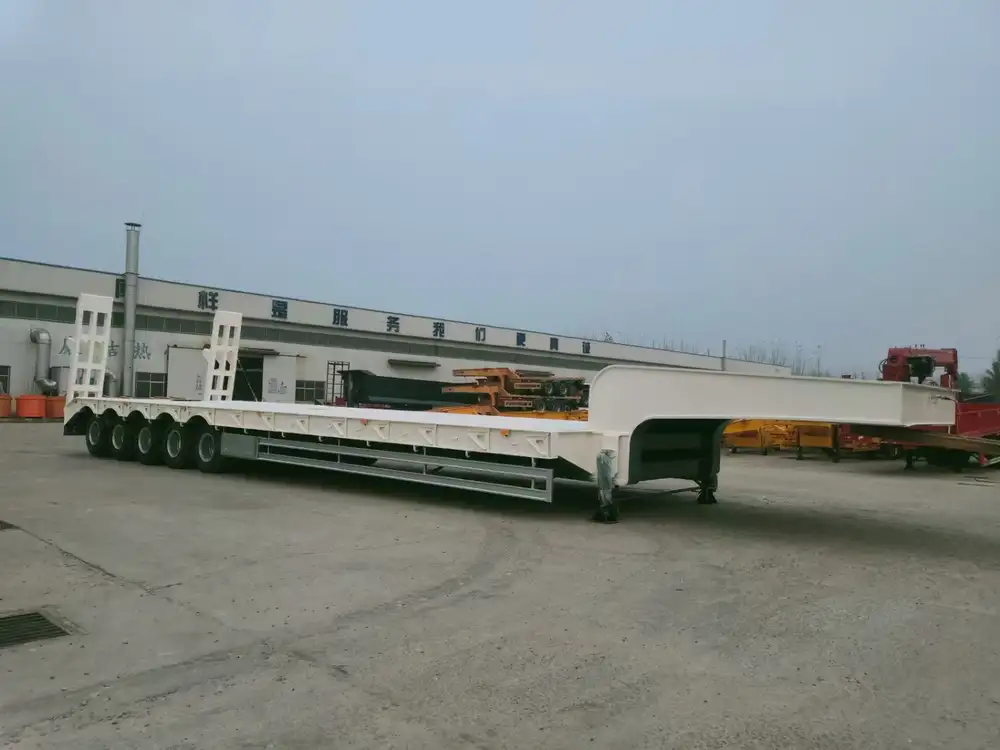
Key Components of a Flatbed Trailer
Before diving into the construction process, it’s essential to understand the key components essential for building a 40ft flatbed trailer. Each part plays a crucial role in ensuring the trailer’s functionality, durability, and safety.
1. Frame
- Material: The frame is typically constructed from steel or aluminum. Steel offers strength, while aluminum is lightweight and resists corrosion.
- Design: A robust design, often using I-beams or channel steel, provides necessary support for heavy loads.
2. Axles
- Axle Type: Selecting the right axle type (single, double, or triple axle) depends on the expected weight capacity and intended use.
- Placement: Correct axle placement is vital for load distribution and stability.

3. Suspension System
- Flexibility vs. Stiffness: The suspension should provide adequate flexibility for uneven surfaces while maintaining stability during transport. Air ride or leaf spring systems are common choices.
4. Decking
- Materials: Common decking materials include treated wood, steel, or aluminum. Each option has unique durability and weight implications.
- Design Features: Consider the addition of barriers or stake pockets for securing loads.
5. Wheels and Tires
- Types: Choose wheels that can withstand heavy loads. Ensure tires are rated for the trailer’s maximum weight capacity.
- Maintenance: Regularly check tire pressure and tread to ensure proper handling and safety.
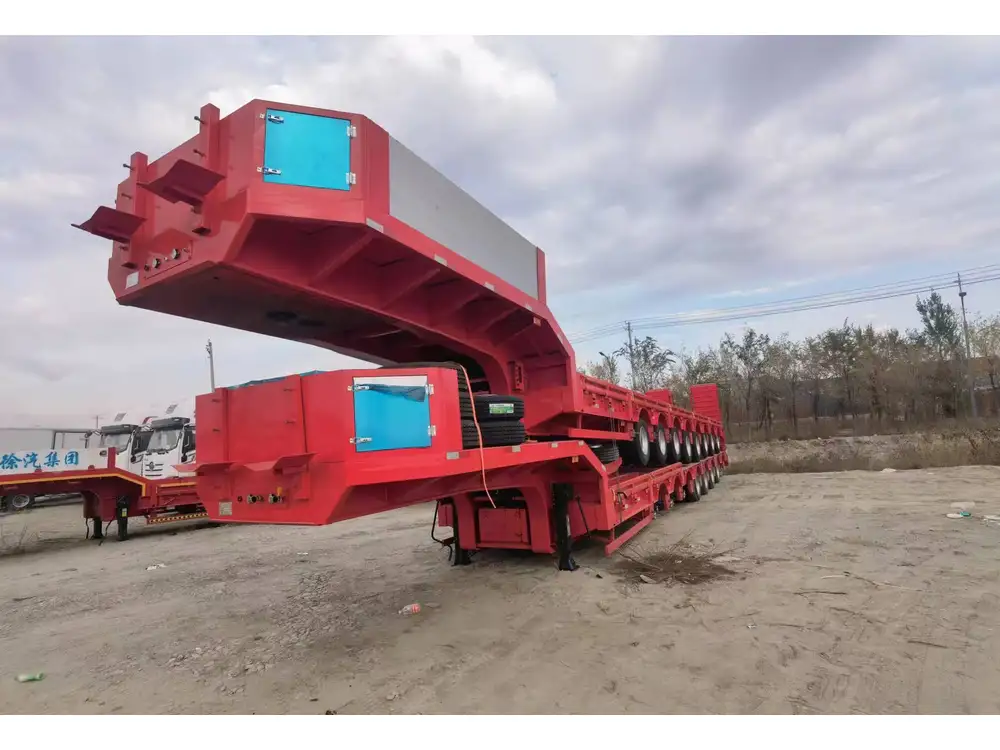
Step-by-Step Guide to Building a 40ft Flatbed Trailer
Step 1: Planning and Design
A. Determine Specifications
- Weight Capacity: Assess the maximum load you anticipate carrying.
- Axle Configuration: Decide on the number of axles based on your load and compliance standards.
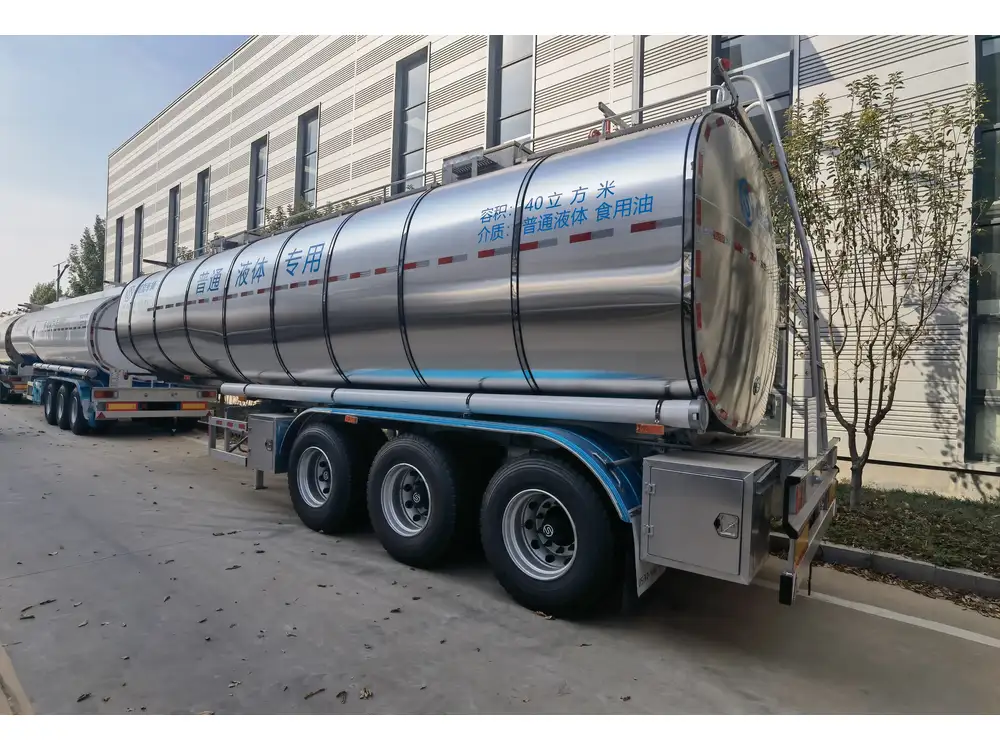
B. Design the Trailer
- Use design software to visualize the trailer layout, considering all necessary components and their placements.
| Component | Material | Size |
|---|---|---|
| Frame | Steel or Aluminum | 40ft x 8.5ft |
| Decking | Treated Wood or Steel | 3″ thickness |
| Axles | Heavy-Duty Axles | As required |
| Tires | Load-rated Tires | 16″ or 22.5″ |
Step 2: Gathering Materials
Secure high-quality materials from reputable suppliers, focusing on durability and strength. This list should include:
- Steel I-beams or aluminum for the frame
- Axles and suspension components
- Decking materials (choose based on your design and budget)
- Wheels and tires rated for your load capacity
Step 3: Building the Frame
- Cutting Material: Cut the steel or aluminum to the required lengths for the side rails, cross members, and supports.
- Welding: Weld the pieces together to form a rectangular frame. Ensure it’s square by measuring diagonally across corners.
- Reinforcement: Add additional cross members and supports according to your design to enhance stability.

Step 4: Installing Axles and Suspension
- Positioning: Position the axles as per your design. Typically, they should be placed somewhere near the center to balance the trailer load.
- Attaching Suspension: Follow the manufacturer’s instructions to install the suspension system, ensuring it has the ability to absorb road bumps and maintain stability.
Step 5: Adding the Decking
- Cut Decking Material: Cut decking materials to fit the frame, ensuring it spans the entire length and breadth of the trailer.
- Secure Decking: Use bolts or screws to secure the decking to the frame. Consider adding additional stake pockets or tie-down points for securing loads.
Step 6: Installing Wheels and Tires
- Install Wheels: Follow proper procedures to install the wheels onto the axles. Ensure they are secured tightly with lug nuts.
- Check Alignment: Ensure all wheels are correctly aligned to avoid issues while towing.
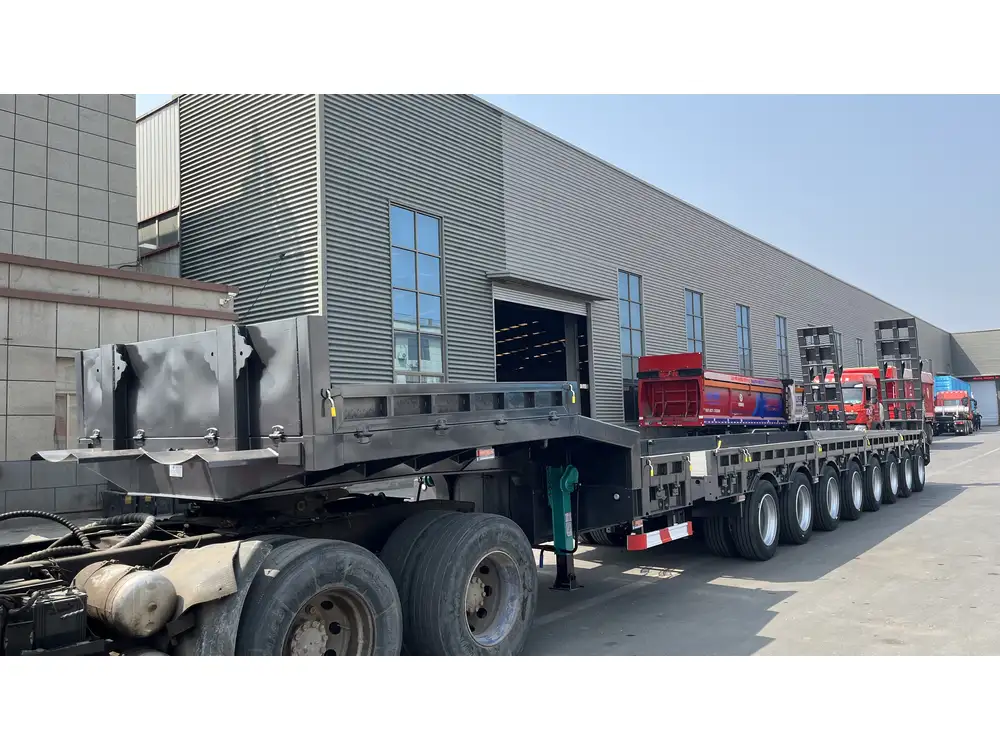
Step 7: Finishing Touches
- Paint or Coat: Apply rust-proof paint or coating to protect against the elements and prolong the trailer’s lifespan.
- Lighting: Install appropriate lighting as per regulatory requirements, ensuring visibility and safety during transport.
Safety Considerations
Building a trailer comes with its set of inherent risks. It’s essential to prioritize safety while constructing and using your trailer:
- Protective Gear: Always wear protective gear such as gloves, goggles, and steel-toed boots.
- Load Distribution: Ensure that the load is evenly distributed to prevent tipping or swaying while driving.
- Weight Limits: Adhere to weight limits as specified by regulatory bodies to avoid penalties or accidents.
- Regular Inspections: Conduct regular inspections of your trailer, paying attention to the integrity of the structure, wheels, and axles.
Frequently Asked Questions

1. What is the maximum weight a 40ft flatbed trailer can safely carry?
The weight capacity of a 40ft flatbed trailer varies based on its design and materials used. Generally, they can carry loads ranging from 30,000 to 50,000 pounds, but it is critical to check individual specifications.
2. Are there licensing requirements for towing a flatbed trailer?
Yes, licensing requirements vary by location. In many regions, a specific class of driver’s license may be needed to tow heavier loads.
3. How can I maintain my flatbed trailer?
Routine maintenance includes checking tire pressure, inspecting the frame for rust or wear, servicing the axles, and ensuring lights function properly.
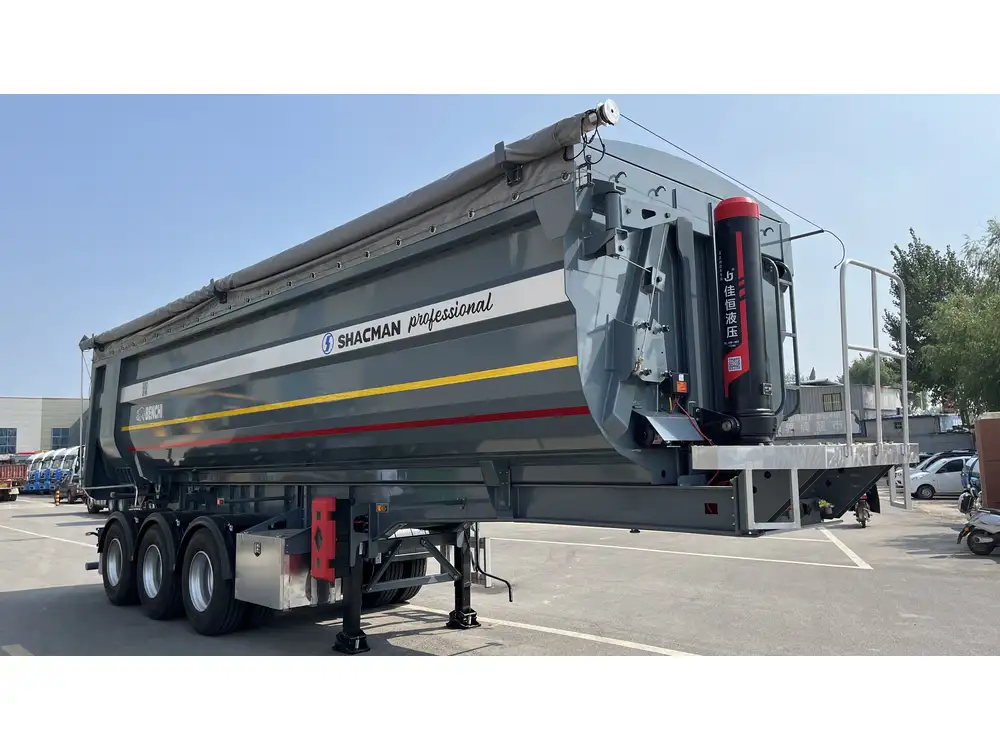
4. Can a flatbed trailer be modified for different uses?
Yes, flatbed trailers can be customized with various attachments and features such as side rails, ramps, and storage compartments to suit different hauling needs.
Conclusion
Building a 40ft flatbed trailer is an ambitious project that requires careful planning, robust design, and adherence to safety and regulatory standards. By following this comprehensive guide, you will be well-equipped to construct a durable and functional flatbed trailer that meets your transportation needs. Whether for personal use or as part of a business fleet, investing time and effort into building your trailer will prove to be a worthwhile endeavor.



